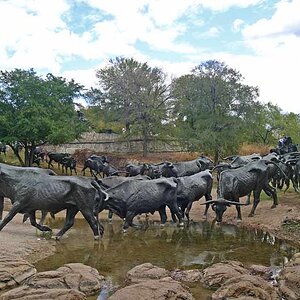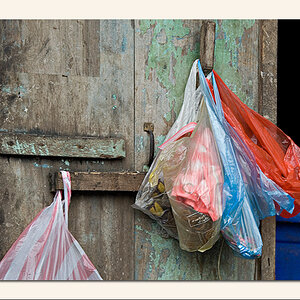Toanaldino
TPF Noob!
- Joined
- Sep 4, 2007
- Messages
- 12
- Reaction score
- 0
- Location
- Melbourne, Australia
- Can others edit my Photos
- Photos OK to edit
hi guys,
I use lightroom to edit photos, everytime I convert to jpeg. The quality of the images are somehow downgraded and skin tone is different.
I just like to know if there are techniques for coverting to JPEG and how improve skin tones in photos.
Cheers
I use lightroom to edit photos, everytime I convert to jpeg. The quality of the images are somehow downgraded and skin tone is different.
I just like to know if there are techniques for coverting to JPEG and how improve skin tones in photos.
Cheers


 may have been a more appropriate emoticon.
may have been a more appropriate emoticon.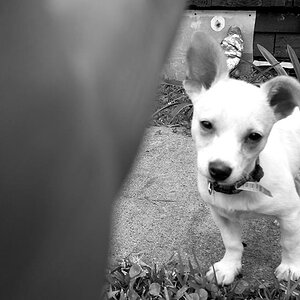

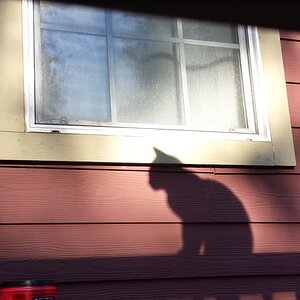


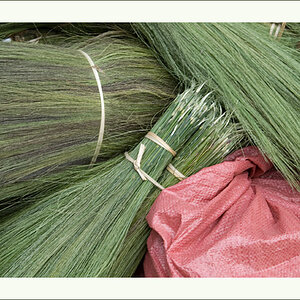
![[No title]](/data/xfmg/thumbnail/42/42055-105f2ee23a1fd79c786de42c5578274b.jpg?1619739992)
